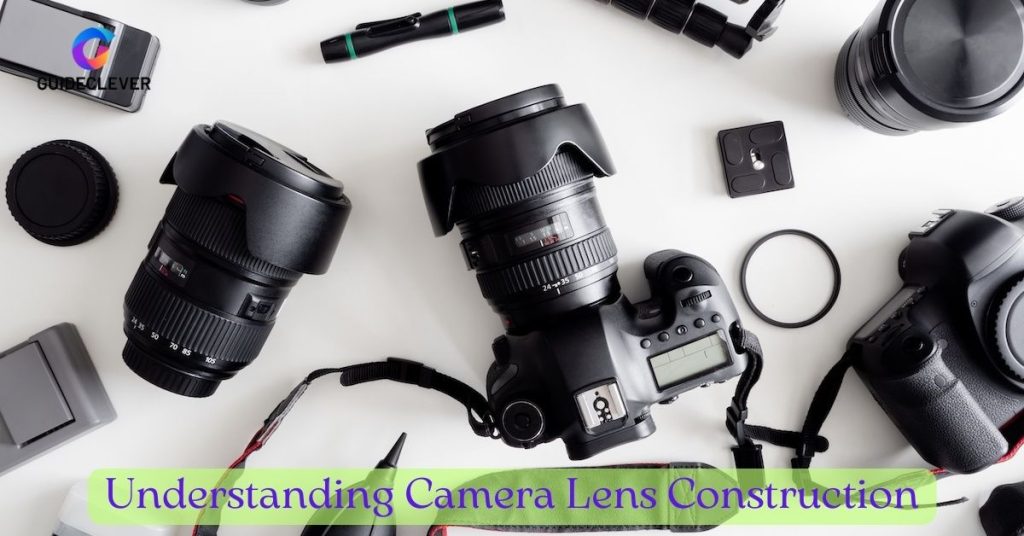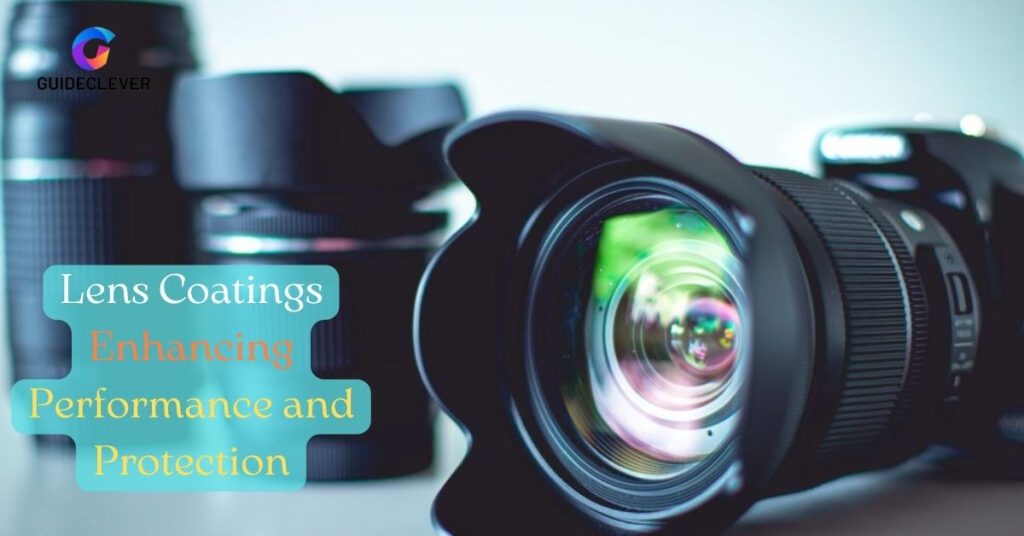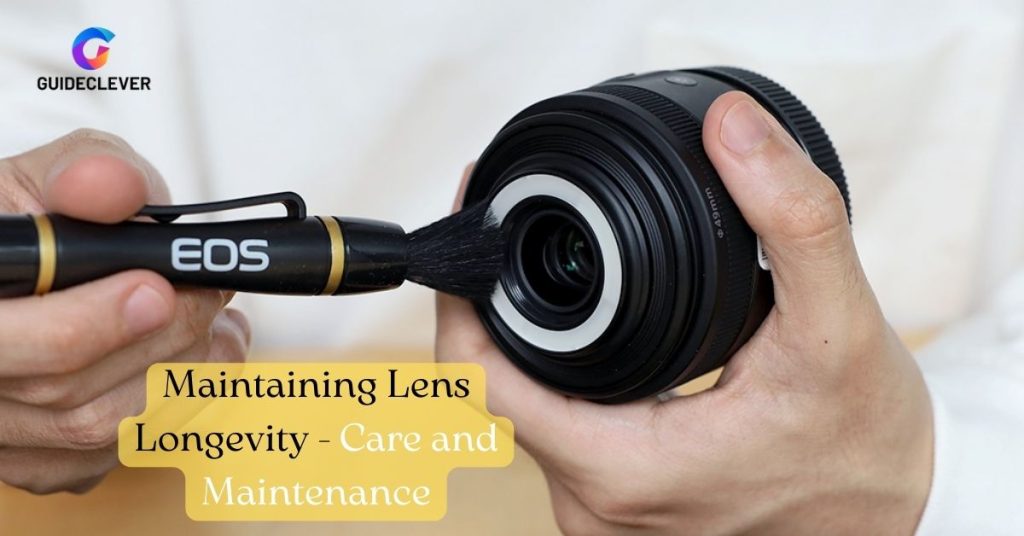It’s essential to know how camera lenses are made if you want to take high-quality pictures and make sure they last a long time. How well a camera lens works and how long it lasts depends a lot on what materials were used to make it. Manufacturers use various materials, from solid metal alloys to high-tech composites. To make lenses that can handle the demands of shooting in different situations.
In this blog post, we’ll dive into the interesting world of how camera lenses are made. We’ll look at the common materials used and how they affect how long they last and how well they work. This article will help you understand photography, whether you are a professional or want to learn more. So let’s start!
First of all, we will learn about camera lens construction.
Contents
Understanding Camera Lens Construction

The many lens parts in a camera lens make it a complex optical device. That work together to let light reach the camera’s picture sensor. Each lens element has a specific job to do when it comes to managing light, reducing aberrations, and getting the image to look how you want it to. Shooters and hobbyists alike need to understand how lenses are made and how important durability is.
I hope you understand the primary concept of camera lens construction. Now we will know what materials are used in lens elements.
What Materials Used in Lens Elements
Different kinds of materials can be used to make the parts of a camera lens. Let’s explore the most common ones today.
Glass
Glass is often used to make lenses because it has good optical qualities. Lens parts with different refractive indices are made from different kinds of glass, like crown glass and flint glass. When these parts are put together the right way. Then photographers can get the right magnification, focal length, and picture quality.
Plastic
Plastic lens elements have become more prevalent in recent years. Because they cost less and are easy to move. Even though they might not be as clear as glass. But technological breakthroughs have made it possible to make high-quality plastic lens elements. Because of this, it can be used in many different ways.
Specialized Materials
Besides glass and plastic, high-end lenses are made from materials such as fluorite and aspherical glass. Fluorite, which is known for its low dispersion, helps reduce chromatic aberration. This improves the appearance of photos. Spherical aberration is corrected by using aspherical glass elements. This further improves the performance of the optics.
Now you have some ideas about camera lens construction. So then we will know about lens coatings.
Lens Coatings – Enhancing Performance and Protection

Special coatings are often placed on camera lenses to improve how well they work and protect them from the outside world. Anti-reflective coatings reduce reflections and let in more light. In order for more light to reach the picture sensor. Also, the protective coating protects the lens from scratches, moisture, and dust, making it last longer.
Now we will know about the durability of lens construction.
Durability Considerations in Lens Design
Here are some key factors considered in the lens design to ensure durability
Structural Integrity
A lens should be constructed with robust materials. As well as it designed to withstand physical stress. Reinforced barrel and lens plates help hold the structure together. Also protects the internal lens components from being damaged by accidental impact or poor handling.
Resistance to Environmental Factors
Different things in the surroundings can affect camera lenses. Changes in temperature, humidity, and dust, among other things. Weather-sealing methods are used by lens makers to protect the internal parts from moisture and other harmful things. This makes the lens last longer and lets shooters work in different places.
Impact Resistance
Lenses can sometimes get damaged when they fall or hit something. Manufacturers use materials that can take a hit. As well as designs that can absorb shock to reduce the damage from such accidents. These steps help to protect the lens and keep it working well even in tough scenarios.
So now we will know how to balance durability and optical quality.
How To Balancing Durability And Optical Quality
Finding a mix between durability and optical quality in lens design is essential. Durability is essential, but you should be fine with how well the glass works. Manufacturers work hard to make glasses that produce high-quality images and can stand up to the stresses of real-world use. A lot of study and engineering go into improving both of these things.
Next, we will learn about maintaining lens longevity: care and maintenance
Maintaining Lens Longevity – Care and Maintenance

Proper care and maintenance are essential to extending the lifespan of camera lenses. Here are some ways to make sure your lens stays in good shape:
- Use a soft brush or a cotton cloth to clean the lens often.
- Use a cleaning product made just for cleaning lenses.
- Keep the lens in a case to keep it safe when not in use.
- Don’t put the lens in places with too much heat or moisture.
- Handle the lens with care and try not to drop it or be rough with it.
By following these tips, you can make your camera lens more durable and last longer.
Finally, we are going to the conclusion.
Conclusion
The materials used to make a camera lens and how long it lasts have a big impact on how well it takes photos and how long it lasts overall. Most lens components are made of glass or plastic. But some are made of special materials that have better optical properties. Lens material and design choices affect how well lenses work and protect your eyes. By knowing these things, shooters can choose lenses wisely. Also, you can keep them in good shape to use them for a long time.



1 thought on “Camera Lens Construction – Materials And Durability 2023”